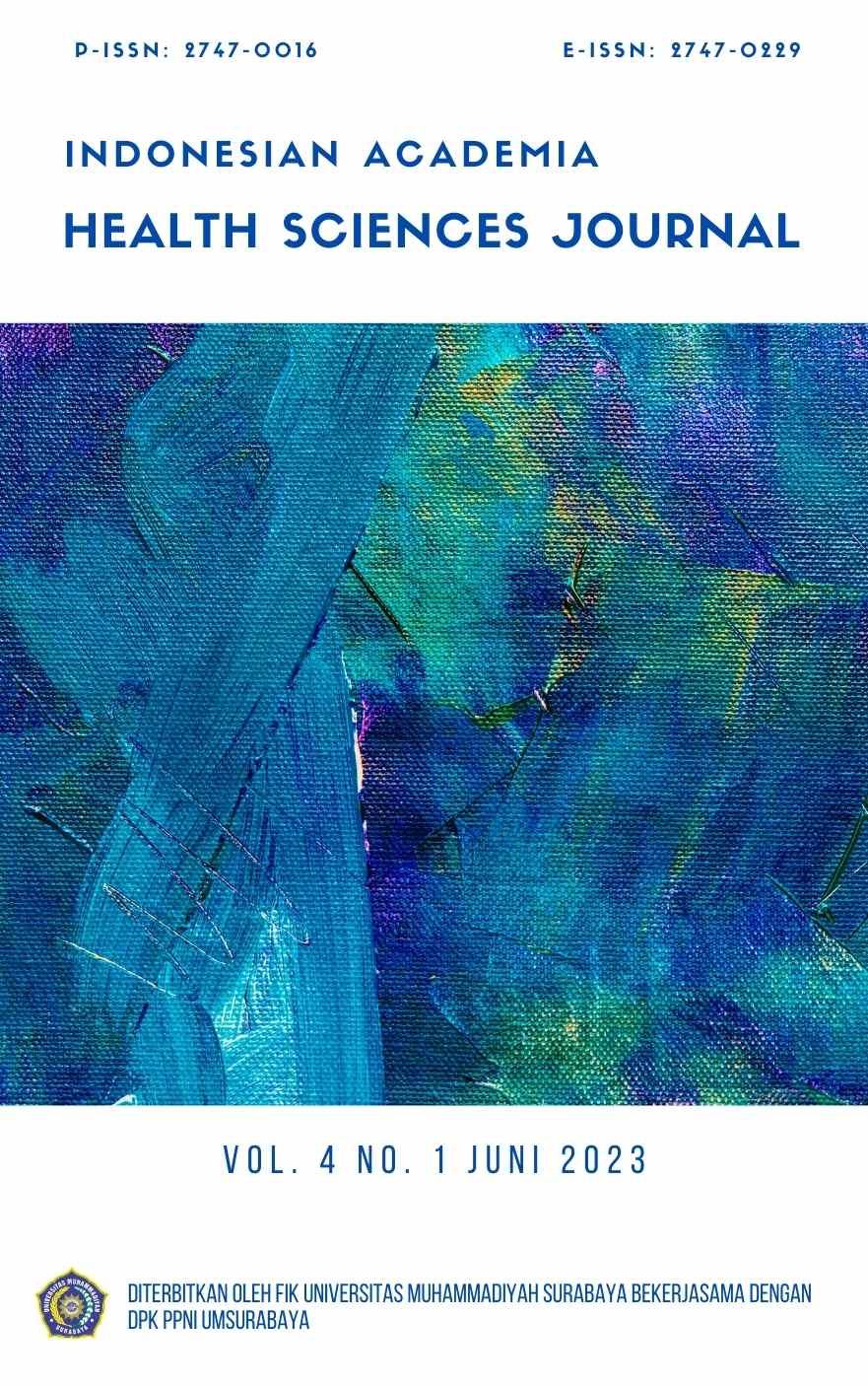Identifikasi Bakteri Makanan Ringan Kiloan Yang Dijual Di Pasar Tradisional Dengan Metode Angka Lempeng Total
Abstract
The rise in food poisoning incidents lately has made researchers want to know if there is bacterial contamination in kilo snacks which are always the top choice for serving and serving at certain events such as celebrations, recitations, thanksgiving, weddings, and other events because the prices are cheaper and the taste is better. not inferior to packaged snacks. Many places selling kilo snacks are found in traditional markets which generally have low environmental conditions of air circulation and high humidity, so they can become breeding grounds for harmful microbes, one of which is bacteria that can pollute the environment and reduce the cleanliness of indoor air. The aim is to find out the bacterial contamination of kilo snacks sold in traditional markets. The population in this study was a total of 5 types of kilo snacks in traditional markets. The sample in this study were 30 samples of 5 types of kilo snacks were tested using the Total Plate Number method. No samples of kilo snacks were found that did not meet the Indonesian National Standard (SNI). Kilo snacks sold in traditional markets meet the requirements of the Indonesian National Standard (SNI) Number 7388 of 2009
Full text article
Authors
Copyright (c) 2023 Yeti Eka Sispita Sari, Fitrotin Azizah, Anindita Riesti Retno Arimurti, Dita Artanti, Vella Rohmayani, Ainutajriani Ainutajriani

This work is licensed under a Creative Commons Attribution-NonCommercial-NoDerivatives 4.0 International License.

